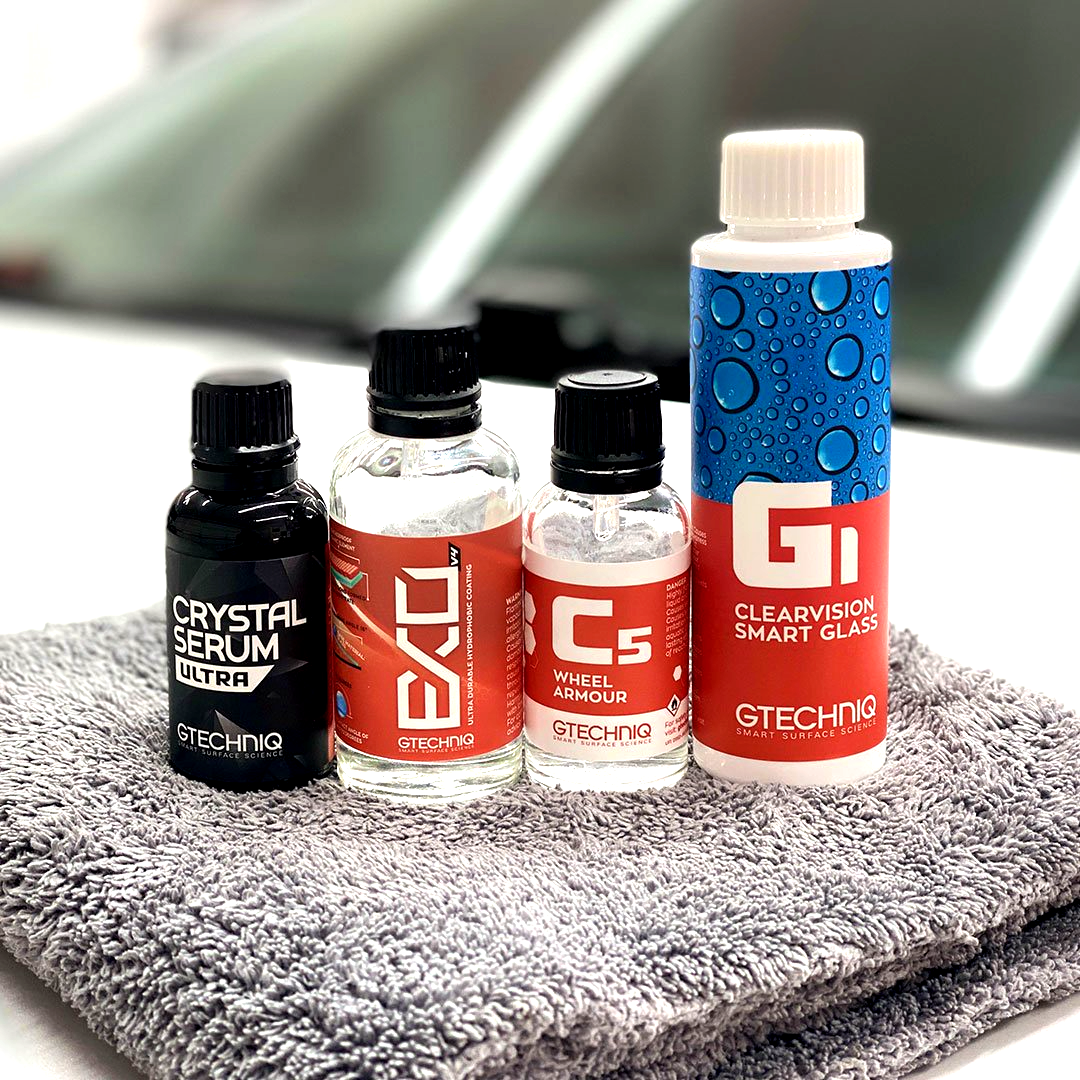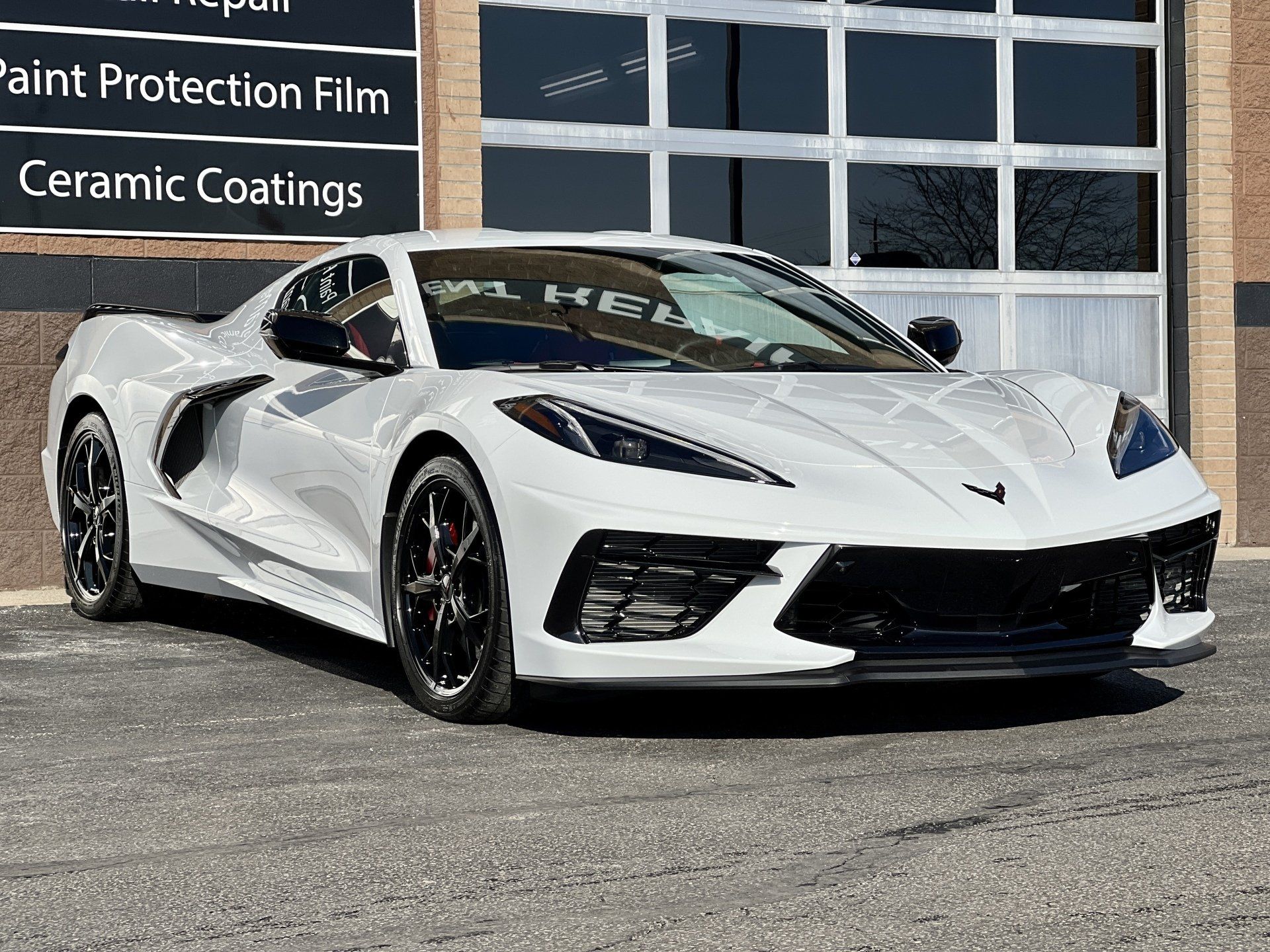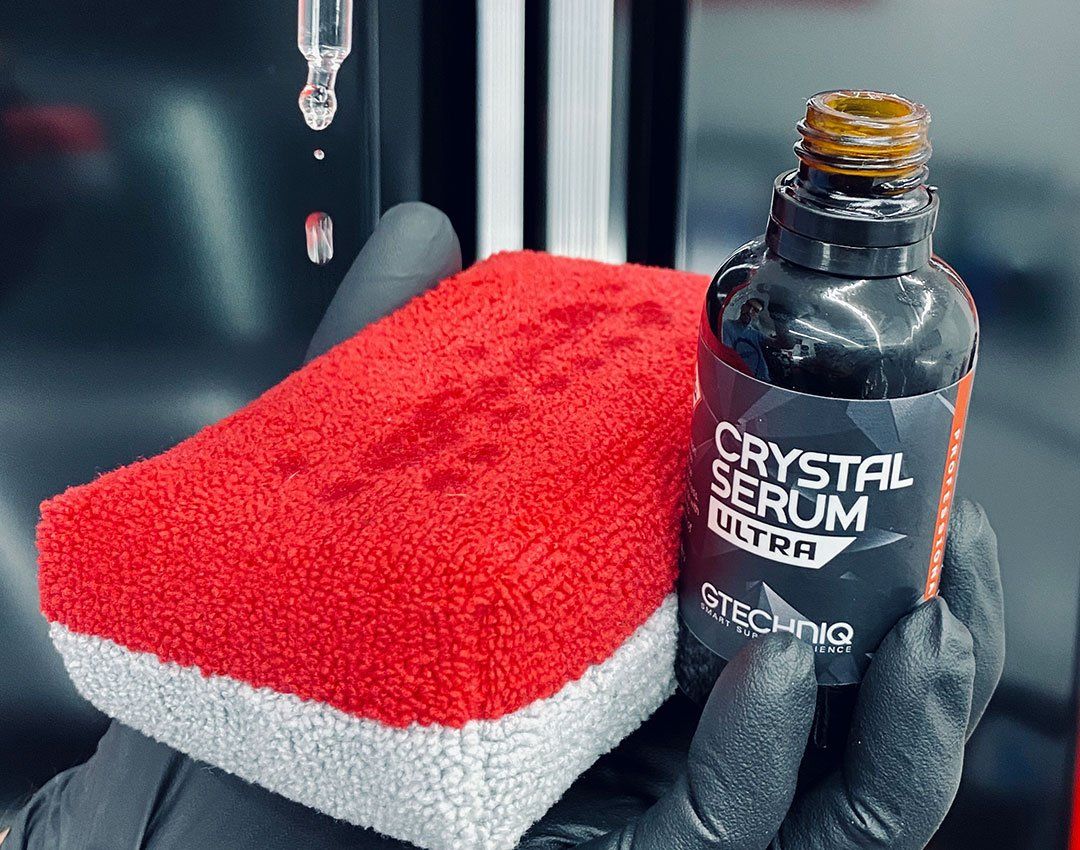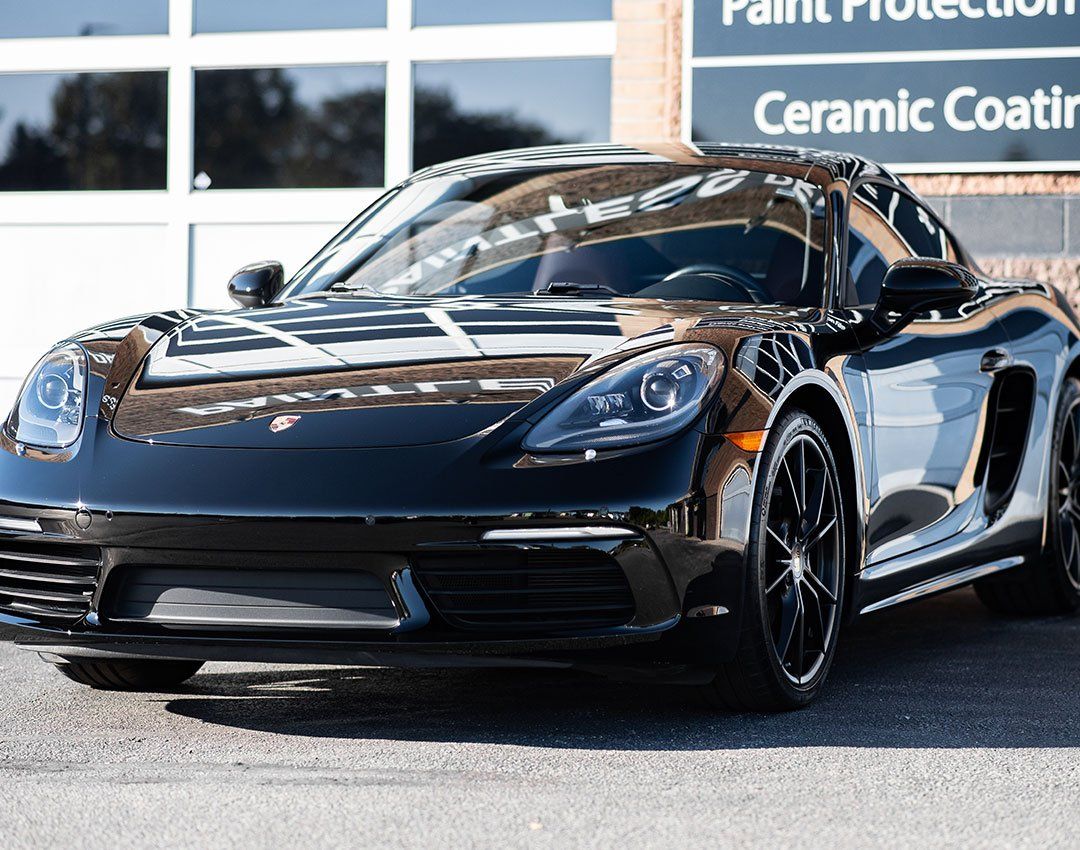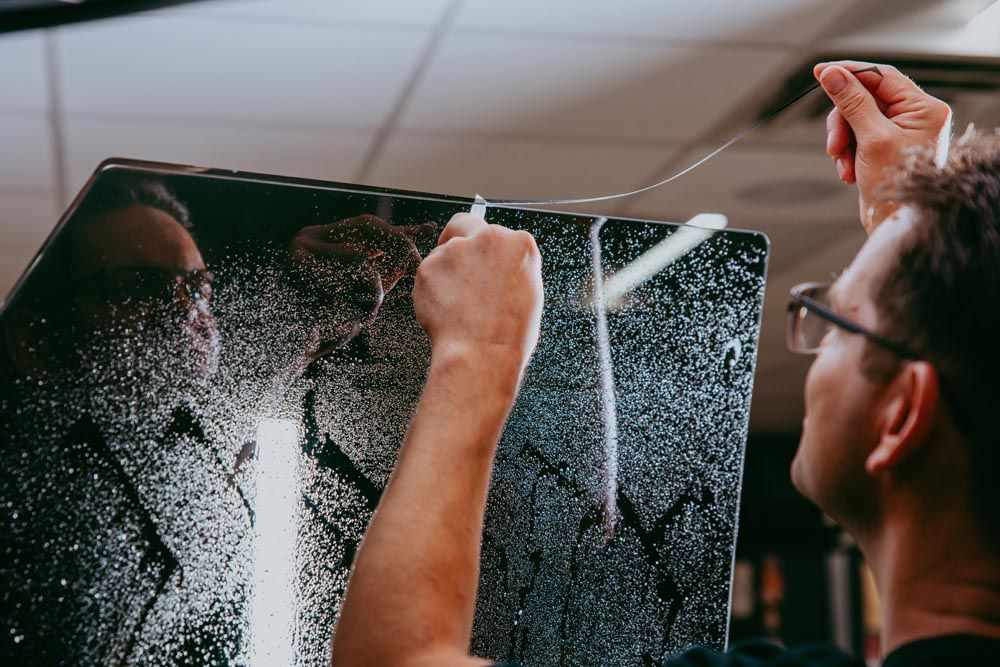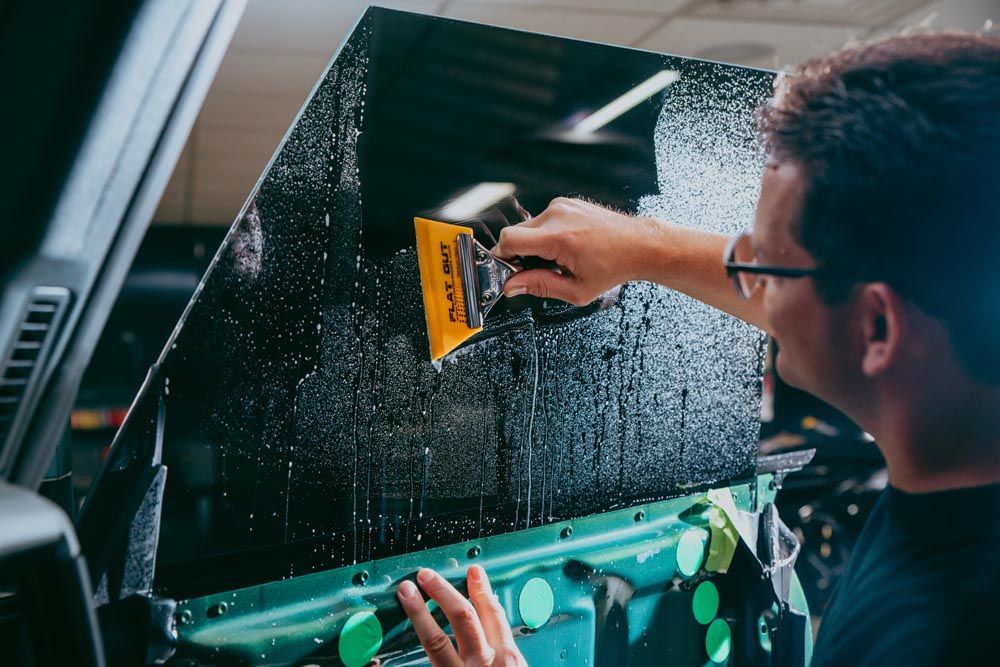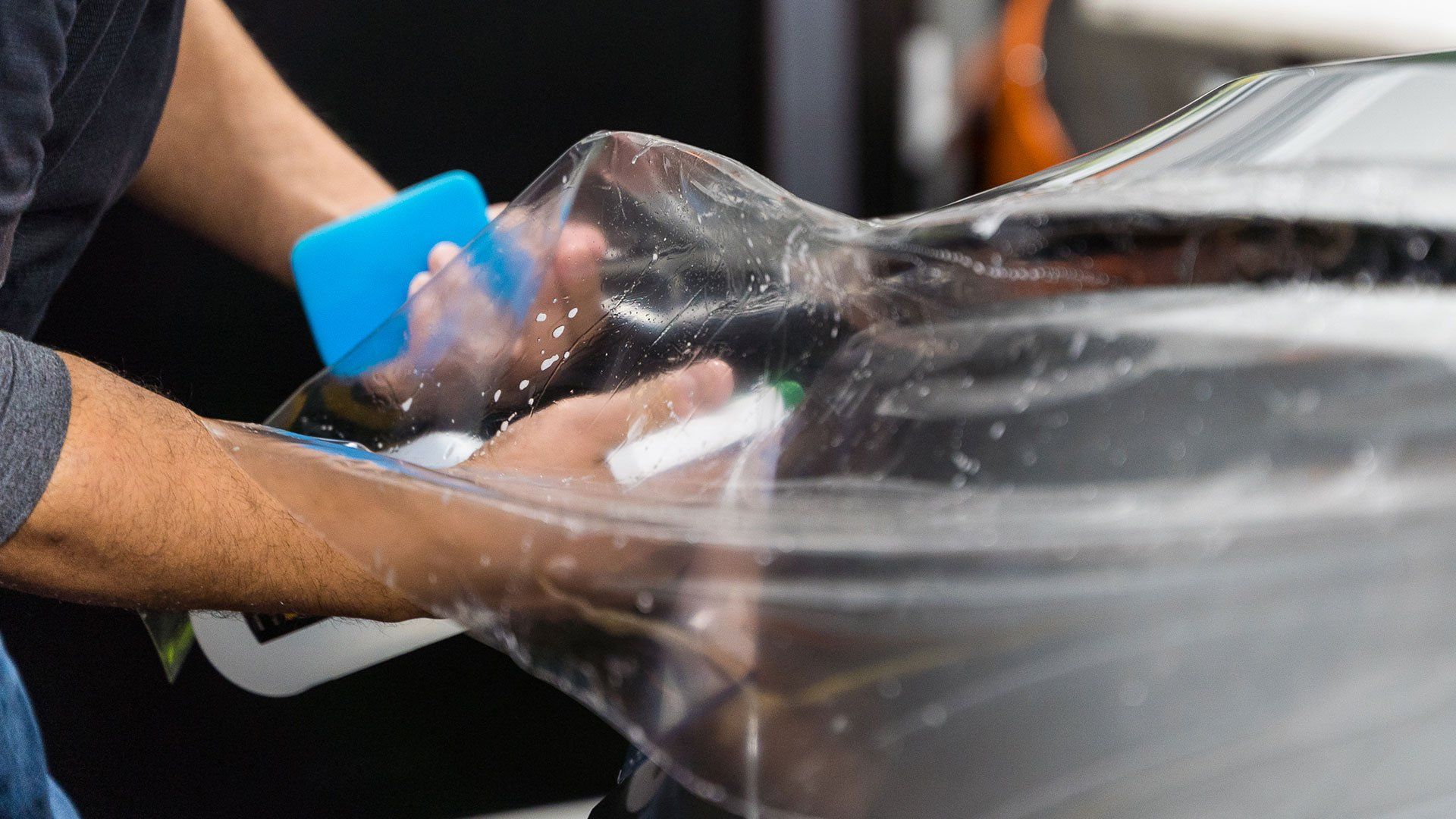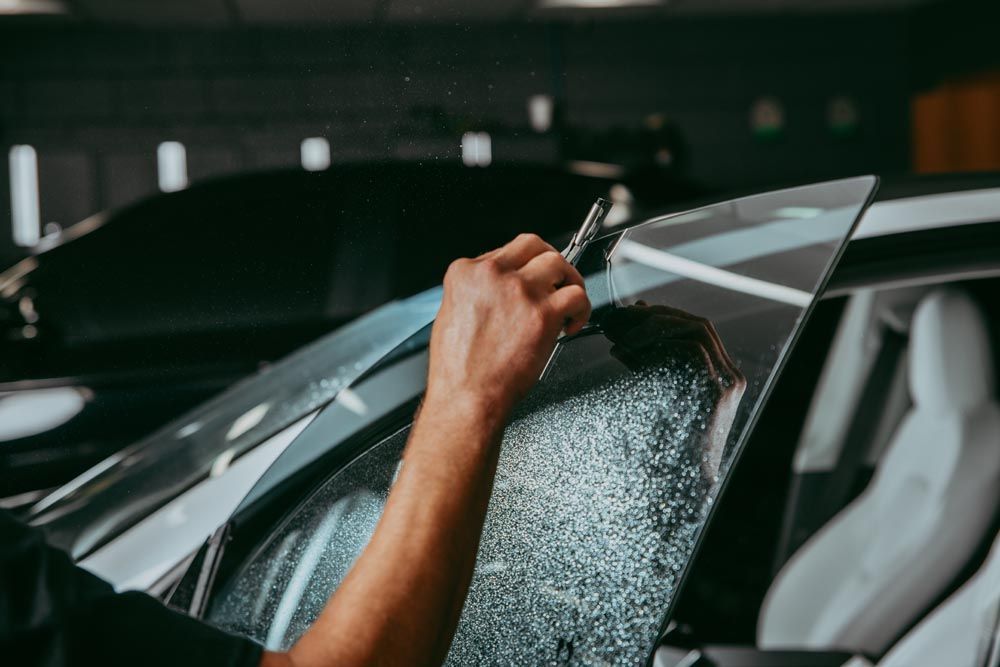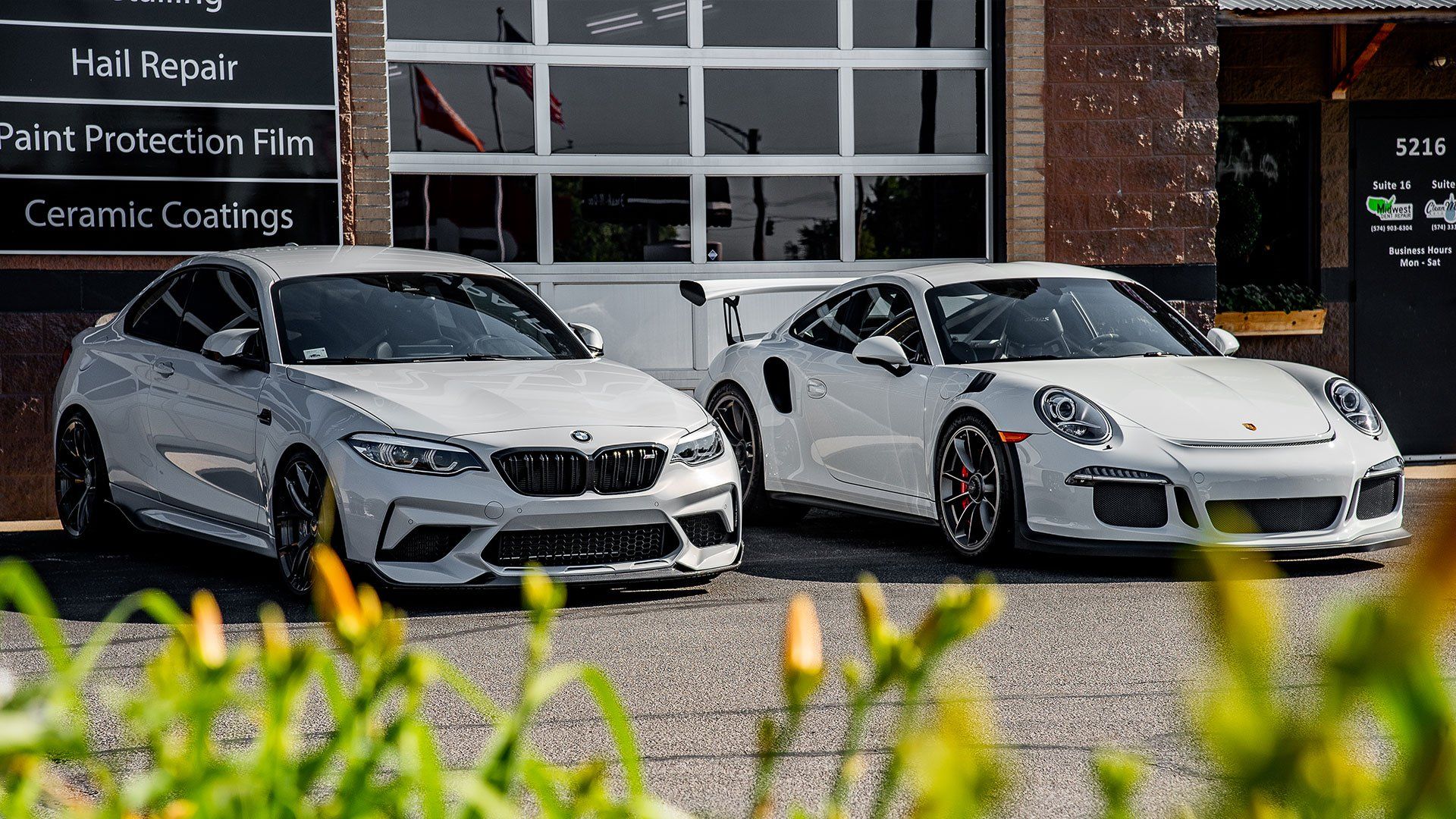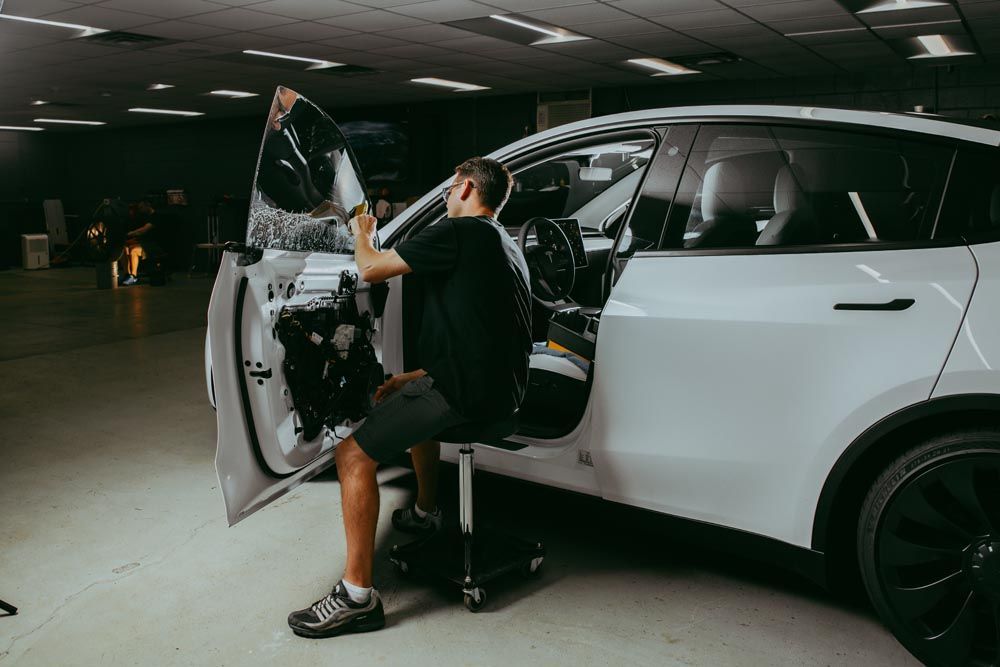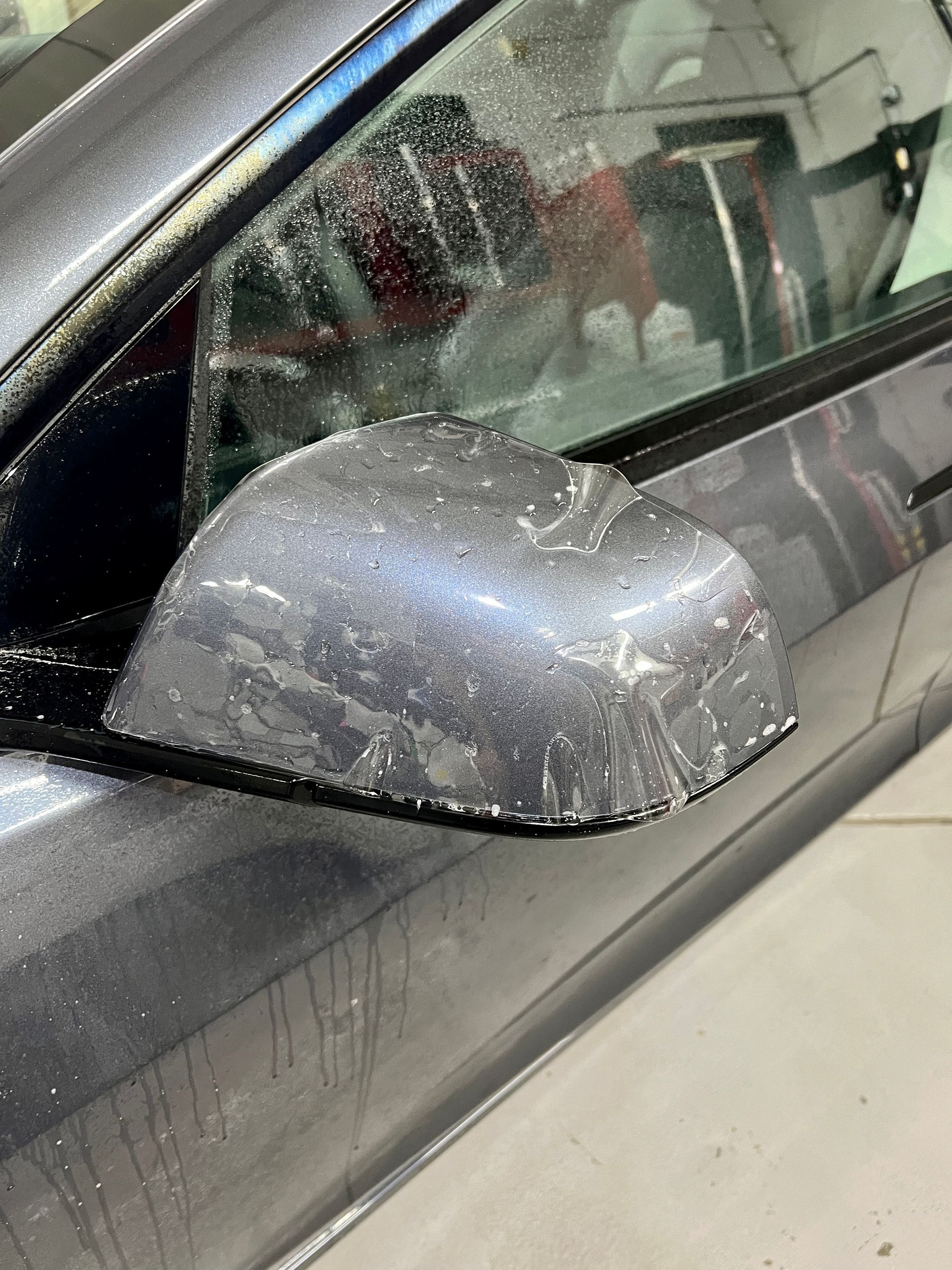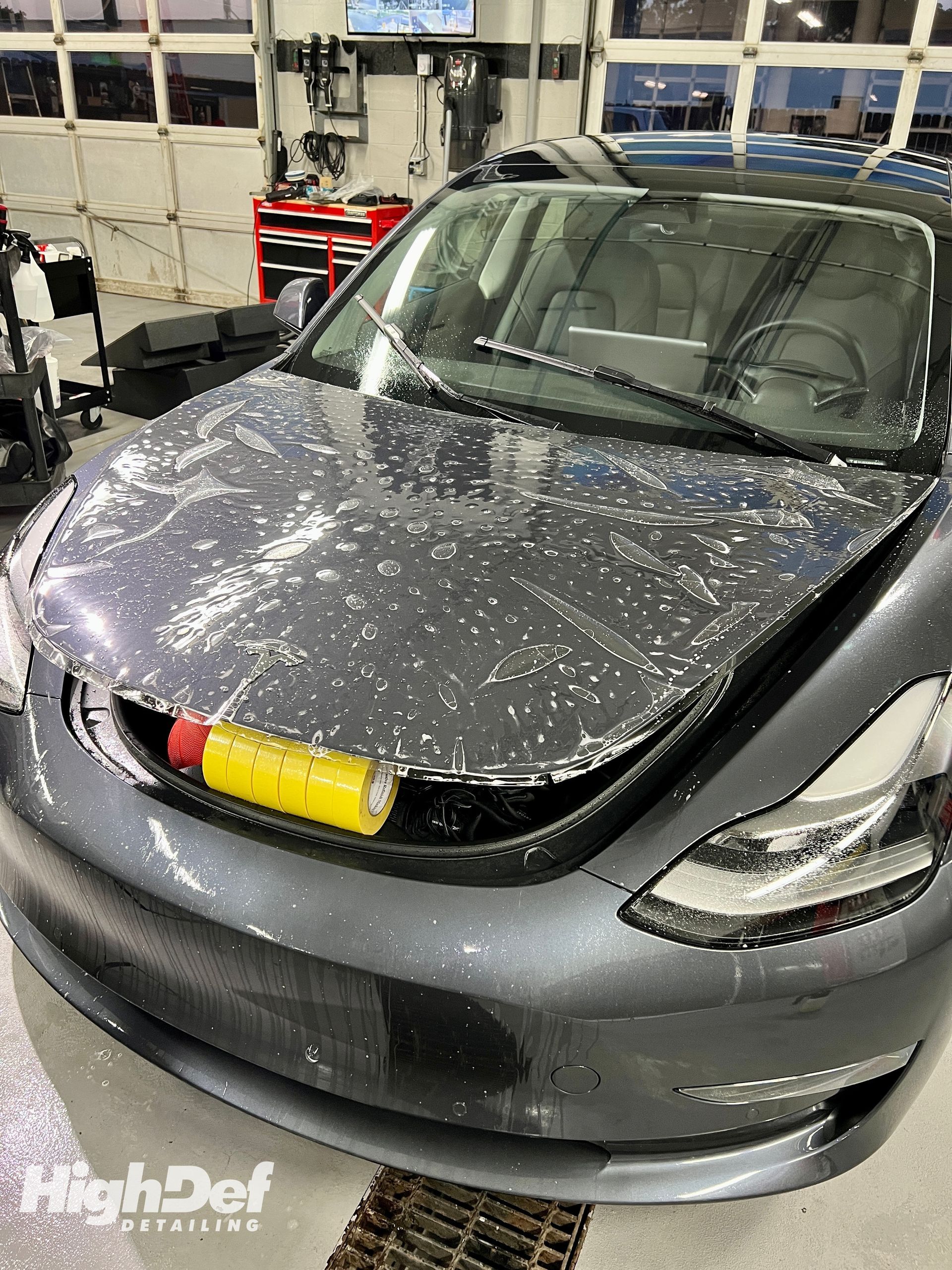The Ultimate Guide to Ceramic Coating Maintenance for Gleaming Surfaces
Maintaining a gleaming surface on ceramic coatings is not as hard as you might think. The key lies in regular monitoring and timely action—eyes on the prize, as they say. For instance, inspecting the surface regularly for signs of contamination or damage helps prevent persistent flaws. Oxidation and water spots? Better catch them early! It's quite like keeping a garden; you need to detect and remove the weeds before they take over.
Proper maintenance of ceramic-coated surfaces involves regular washing with a pH-balanced shampoo and using high-quality microfiber cloths to avoid damaging the coating. Additionally, applying a ceramic booster after drying can help maintain the coating's properties and shine. Remember to conduct a pre-wash inspection to identify trouble areas and employ gentle hand washing techniques with the two-bucket method for optimal care.
Steps for Proper Ceramic Coating Maintenance
Owning a car with a ceramic coating means paying special attention to its care to keep it looking breathtaking. Whether you're a gearhead or someone who loves their car, there's no denying the satisfying gleam of a freshly coated vehicle. Employing the right methods is crucial for preserving the coating's integrity and ensuring your investment endures.
Step 1: Regular Inspection
It all starts with keeping an eye on your ceramic-coated vehicle. Regular inspections of the coated surface are vital in catching signs of contamination, oxidation, or water spots early on. Think of it like regular check-ups at the doctor's to catch any health issues before they become serious troubles. A visual scan can reveal issues that may not be immediately obvious, allowing you to intervene and prevent long-term damage to the coating before it's too late. As you inspect your vehicle, take note of any areas where contaminants or wear are evident. These spots are indicators that action is needed to maintain the coating's protective qualities and lustrous appearance.
Step 2: Gentle Washing
When it comes to cleaning a ceramic-coated car, treat it like royalty. Using a pH-balanced shampoo and employing the two-bucket wash method is key to safeguarding the delicate coating while ensuring comprehensive cleaning. The pH-balanced formula helps maintain the coating’s chemical balance, ensuring its protective properties remain intact, while the two-bucket method minimizes scratching risks and guarantees thorough dirt removal. By opting for pH-balanced shampoos, you are providing the required care to your investment, prolonging its shining coat and upholding its resistance against environmental hazards.
Step 3: Drying and Polishing
Once the gentle washing process is complete, drying becomes crucial to prevent water spots from forming on your ceramic-coated vehicle. A soft microfiber towel should be utilized carefully to blot away moisture without marring the finish. In some cases, using a ceramic booster after drying can further fortify the coating’s properties, maintaining its longevity and shimmer. The final polish leaves your vehicle looking radiant and also contributes to preserving the hydrophobic nature of the ceramic coating, so water beads up and rolls off instead of lingering on the surface.
By carefully following these instructions, you can guarantee that your ceramic-coated vehicle will retain its flawless sheen and continue to receive the benefits of the coating's protective shield.
Selecting the Right Cleaning Products
Picking the appropriate cleaning products for your ceramic-coated vehicle is crucial to preserving the beauty and protective qualities of the coating. Several key factors come into play when choosing these products.
- pH-Balanced Shampoo: Choosing a pH-balanced shampoo specifically designed for cars is essential. A pH-balanced shampoo with a level between 6 and 8 is gentle on the ceramic coating while effectively lifting dirt and grime without causing damage. Look for shampoos labeled as safe for use on coated vehicles to avoid any potential harm to the coating.
- Ceramic Boosters: In addition to a pH-balanced shampoo, using a ceramic booster designed for maintaining ceramic coatings can help prolong the life of the coating. These boosters contain additional protective properties that enhance the existing ceramic coating, providing an extra layer of defense against environmental hazards and UV rays.
High-Quality Microfiber Cloths and Soft Wash Mitts
To ensure that cleaning is done without compromising the protective qualities of the coating, opt for high-quality microfiber cloths and soft wash mitts. These materials are gentle on the vehicle's surface, minimizing the risk of scratching or marring the coating while effectively removing dirt and residue. When it comes to choosing microfiber cloths, look for non-abrasive options with a GSM (grams per square meter) of 300–400, indicating high-quality, plush microfiber cloth ideal for delicate surfaces without leaving lint or scratches. Soft wash mitts provide a safe method for washing your vehicle, ensuring that debris and contaminants are lifted away from the surface without abrasive friction. Your choice of cleaning products significantly impacts the longevity and performance of your ceramic coating. By selecting pH-balanced shampoos, ceramic boosters, high-quality microfiber cloths, and soft wash mitts, you actively contribute to preserving your vehicle's glossy finish and protective layer.
Hand Washing Techniques for Ceramic Coatings
Cleaning your ceramic-coated vehicle is essential to maintaining its appearance and protective qualities. The two-bucket method is highly recommended to ensure a thorough and safe cleaning process. One bucket is used for soapy water and the other for rinsing, preventing cross-contamination and scratches.
The first step is to fill one bucket with clean, warm water and a pH-neutral car wash soap. This type of soap effectively removes dirt and grime without damaging the protective layer. It's important to use the correct soap-to-water ratio to ensure the solution isn't too concentrated, which can harm the coating, or too diluted, which may compromise its cleaning abilities. Once you have your soapy water prepared, fill the second bucket with clean water for rinsing. The purpose is to prevent transferring dirt from the wash mitt back into the soapy water, ensuring that your vehicle remains clean throughout the entire process and avoiding any accidental scratches caused by contaminated water.
When it comes to washing your vehicle, take your time and be thorough. Start by dunking your wash mitt into the soapy water, allowing it to get saturated with the soap solution. Then, gently wash one section of the car at a time and begin at the top, working your way down in small sections. It's crucial to avoid using excessive force while washing; instead, focus on using gentle and deliberate movements to lift dirt and grime from the car's exterior. By employing these careful hand washing techniques with the two-bucket method, you not only ensure a thorough cleaning process but also minimize potential damage to your vehicle's ceramic coating.
Preventing Swirl Marks and Scratches
When it comes to preserving the seamless finish of a ceramic-coated vehicle, attention to detail is key. Using clean wash mitts or new microfiber towels for each wash is more than just a recommendation—it's essential to prevent any abrasive particles or dirt from causing imperfections on the coated surface. Imagine your wash mitt or towel as a protective blanket for your vehicle’s glossy exterior. By using clean materials for every wash, you are significantly reducing the risk of small, visible scratches caused by trapped debris on the fabric. It's akin to using fresh sheets every time you lay down to rest—each wash becomes an act of caring for your vehicle in a meaningful way, protecting it from unwanted damage and maintaining its flawless appearance.
Using the two-bucket method during hand washing further minimizes the potential for swirl marks and scratches. This method involves employing one bucket with soapy water and another with clean water for rinsing out the wash mitt or towel. Regularly replacing the rinse water ensures that any dislodged particles are removed from the mitt or towel, preventing their transfer back onto the vehicle during washing. Another important consideration is avoiding circular motions when washing the vehicle—the key is to use straight-line motions, minimizing the risk of swirl marks caused by friction. It's like combing through your hair gently—smooth strokes minimize tangling, just like straight-line washing motions mitigate surface abrasions. It's these seemingly small actions that culminate in big results—a beautifully preserved ceramic coating that boasts an impeccable shine without any compromising imperfections.
As crucial as it is to maintain proper washing techniques to safeguard the integrity of your ceramic coating, equally significant is understanding the pivotal role of detailing in preserving and enhancing your vehicle's gleaming facade.
The Role of Detailing in Maintenance
When it comes to keeping your ceramic-coated surface looking its best, professional detailing is like a spa day for your vehicle or any other coated surface. A detailed cleaning process goes beyond regular washes and involves specialized techniques using premium products to ensure thorough cleaning and protection for your ceramic coating. The detailing process starts with a careful inspection of the coated surface to identify trouble areas such as stubborn dirt, water spots, or fading. This step is crucial because it allows the detailer to tailor the cleaning process to the specific needs of your ceramic-coated surface, ensuring that every inch gets the attention it deserves.
A professional detailer uses high-quality pH-balanced shampoos specifically designed for ceramic coatings to gently cleanse the surface without damaging the protective layer. This ensures that grime, environmental contaminants, and other impurities are safely removed without compromising the integrity of the ceramic coating. To address any imperfections or light wear on the coating, professional detailers use ceramic boosters. These boosters rejuvenate the coating by replenishing its hydrophobic properties and enhancing its durability. Applying a ceramic booster after the detailing process plays a key role in maintaining and maximizing the protective qualities of the ceramic coating, providing an added layer of defense against environmental hazards.
Detailing isn't just about cleaning; it's also about preserving and enhancing the glossy finish and protective properties of your ceramic coating. The meticulous application of a ceramic booster by a skilled detailer can result in a renewed shine, improved water beading, and extended longevity for your ceramic coating. If you're considering professional detailing services for your ceramic coating, make sure to seek out reputable professionals who have experience working with ceramic coatings. Also, ask about their techniques and products to ensure they are well-versed in proper maintenance procedures for ceramic-coated surfaces.
High-Def Detailing: Premier Ceramic Coating Experts in Elkhart, IN
Experience the pinnacle of automotive care with High-Def Detailing, your
premier ceramic coating experts in Elkhart, IN. Elevate your vehicle's appearance and protection with our cutting-edge ceramic coating solutions, meticulously applied by our skilled technicians. Whether you're safeguarding your daily driver or preserving a prized possession, our commitment to quality ensures unparalleled results. Say goodbye to frequent waxing and hello to long-lasting shine and resilience against the elements. Schedule your appointment today or call us at
(574) 333-9976 and discover the transformative difference at High-Def Detailing! Drive with confidence, knowing your vehicle is treated by the best in the business!

